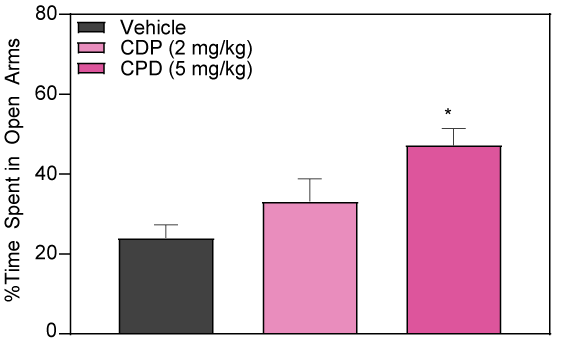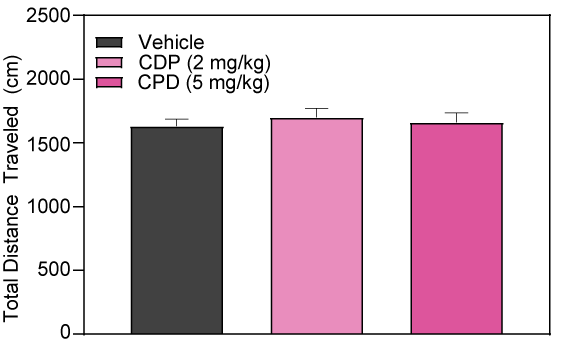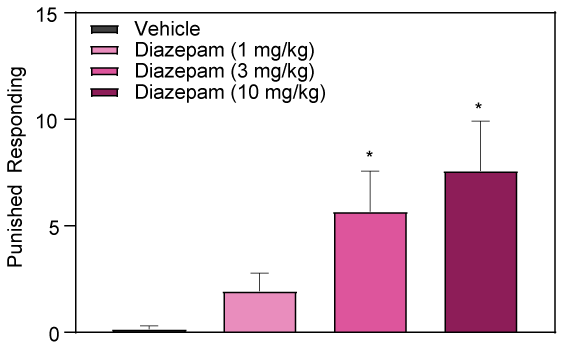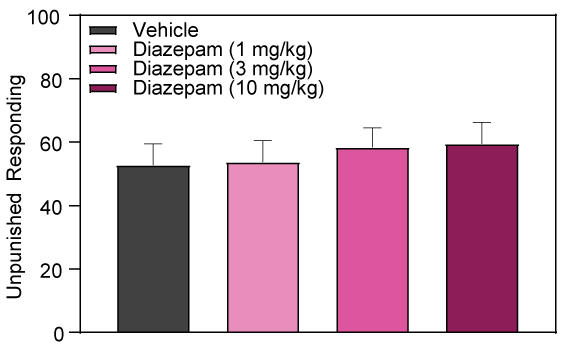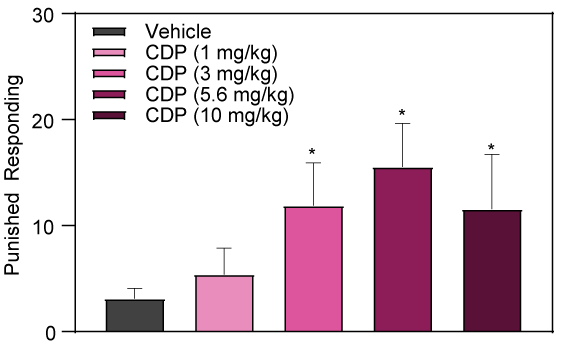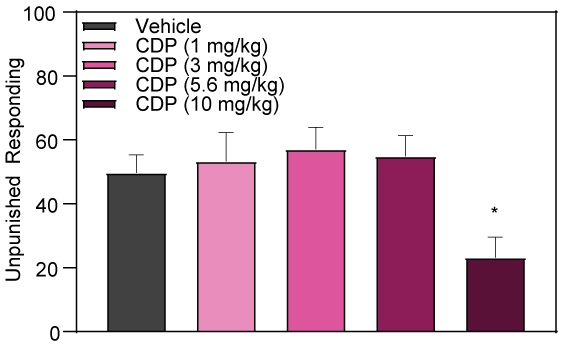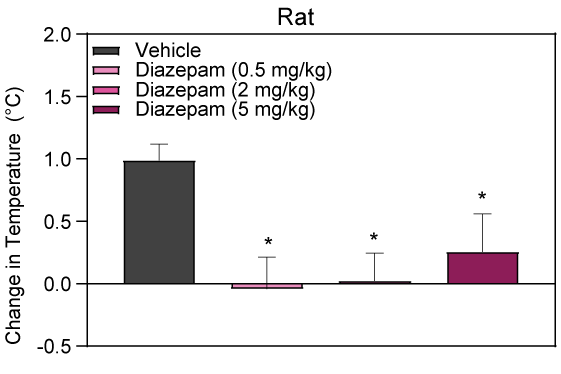PsychoGenics consistently delivers high-quality preclinical anxiety studies using a diverse range of models and tests. With advanced technology and expertise, we enhance the understanding of anxiety’s complexities and foster the development of innovative treatments.
With years of experience dedicated to preclinical anxiety research, we possess an in-depth understanding of preclinical testing approaches of anxiety disorders. Combined with our consulting on study design, well characterized rodent models, and an extensive catalog of tests, PsychoGenics empowers your preclinical anxiety research endeavors.
Preclinical Anxiety Models
PsychoGenics’ carefully selected anxiety models and tests mimic anxiety-related behaviors, providing valuable insights into the physiological and cognitive dimensions of anxiety disorders. PsychoGenics offers the following preclinical anxiety models:
An Unparalleled Partner for Preclinical Anxiety Research
Partner with PsychoGenics to accelerate your preclinical anxiety research and drive the development of innovative therapies for individuals living with anxiety disorders.
Explore our areas of specialization:


